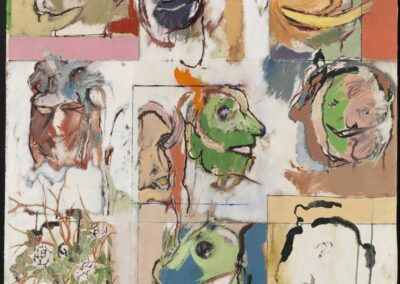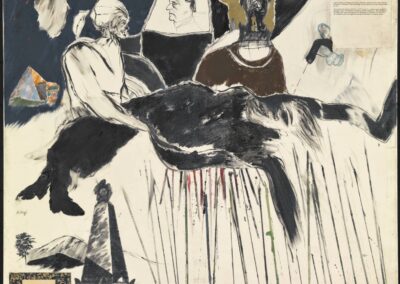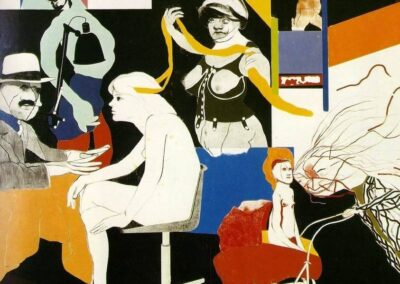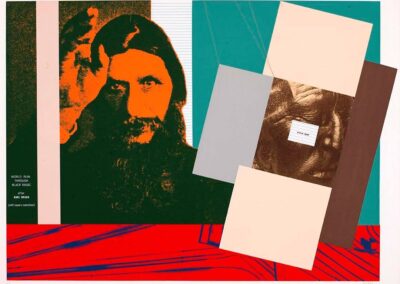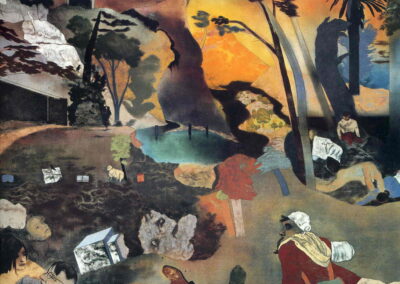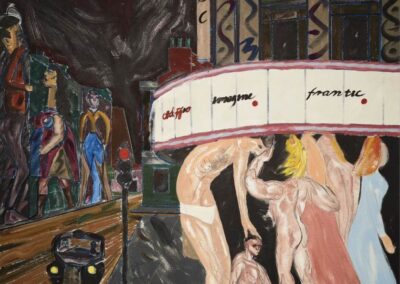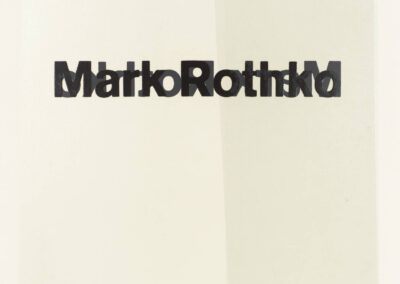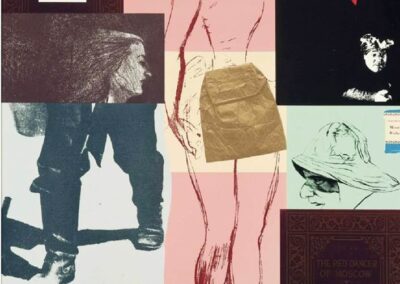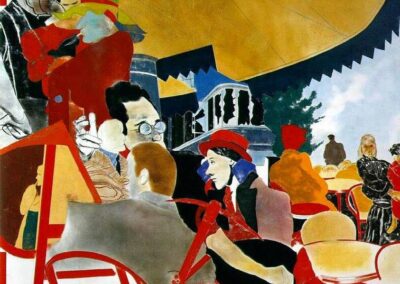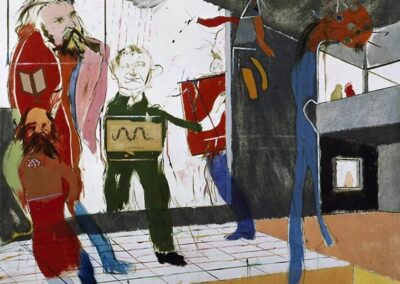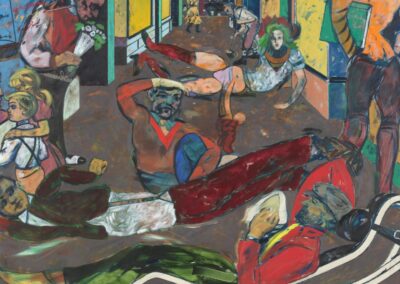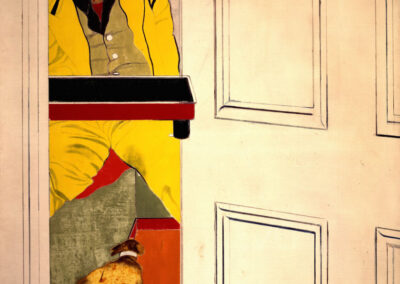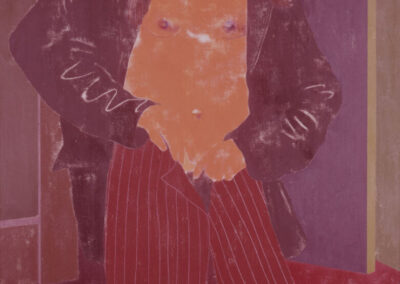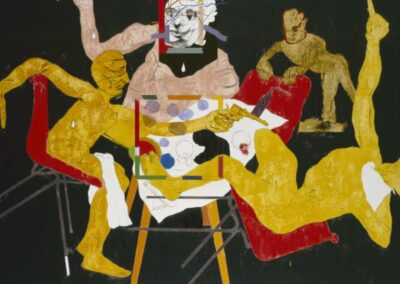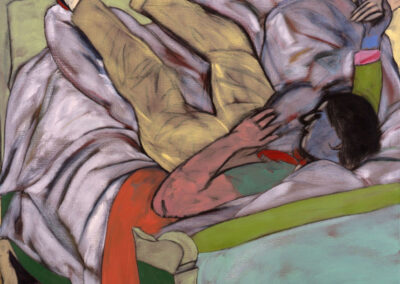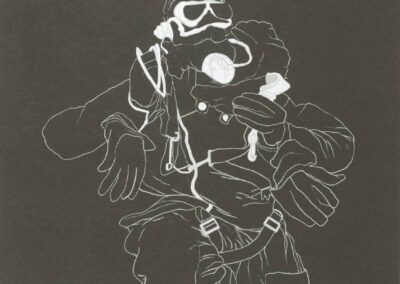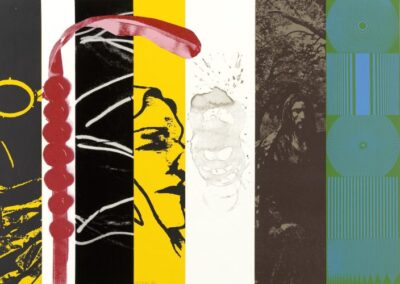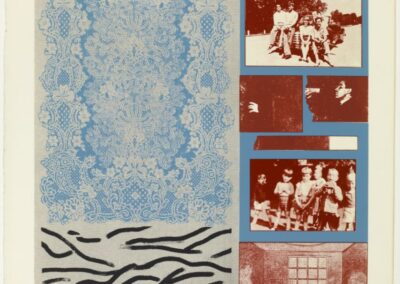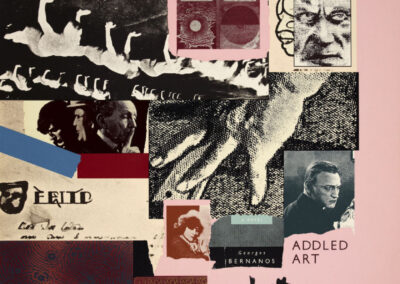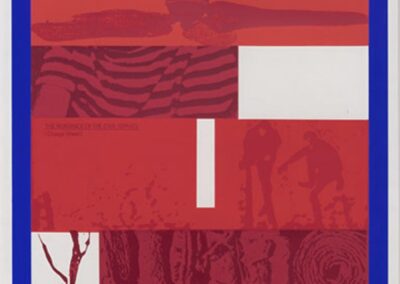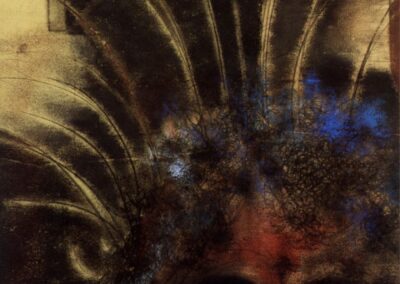Our next Artist You Need To Know is R. B. Kitaj (1932 – 2007). He was an American painter, printmaker, and draughtsman who spent the majority of his life in England, being an integral part of post WW II British art. Kitaj was one of the most prominent figures of the British Pop art movement.
From here : “While his work has been considered controversial, he is regarded as a master draughtsman with a commitment to figurative art. His highly personal paintings and drawings reflect his deep interest in history; cultural, social and political ideologies; and issues of identity.”
“Don’t listen to the fools who say that pictures of people can be of no consequence, or that painting is dead. There is much to be done.”
“I carry themes in my mind for years before I will try to compose them. I’ve got themes that will last me now ’til I die.”
Ronald Brooks Kitaj was born in Cleveland, Ohio : his parents were Jewish immigrants (his mother from Russia, his step father from Vienna), though his mother and his step father (whose last name he took, after his father abandoned them) were non practicing. This is worth noting as Kitaj’s works, later in life, and his writings, often spoke of himself within the Diasporic Jewish tradition.
Kitaj studied at the Akademie der bildenden Künste in Vienna and the Cooper Union in New York City : he would serve in the United States Army for two years on continental Europe. After the war, Kitaj relocated to England and attended the Ruskin School of Drawing and Fine Art in Oxford (1958–59, and his interest in the painter Paul Cézanne emerged at this time) and then at the Royal College of Art in London (1959–61). Among his fellow students was David Hockney, and they would remain friends for Kitaj’s entire life.
Through the 1960s Kitaj taught at the Ealing Art College, the Camberwell School of Art and the Slade School of Art in England. He also taught at the University of California, Berkeley for a brief period in 1968. Kitaj’s first solo exhibition was mounted at the Marlborough New London Gallery in London in 1963. He once commented that books were to his paintings as trees are to landscapes : “Kitaj was an eclectic reader and claimed literary inspiration for much of his work from writers ranging from TS Eliot to Franz Kafka to Walter Benjamin. He self-consciously rooted himself in an outsider’s tradition, of Jewish intellectualism, equally obsessed with language and image.” (from here)
“My pictures had and have secret lives, and so there were things I did not tell, a lot of stuff I did not say back then which I’m saying now….I intend to continue allowing forms of secret life to paintings I’m working on right now because it excites me to do that.”
In 1985 he became the first American since John Singer Sargent to be elected to the Royal Academy. His exhibition record is impressive : significant shows of his work have been mounted at the Hirshhorn Museum (Washington, DC), the Tate Gallery, Los Angeles County Museum of Art, Metropolitan Museum of Art (New York), The Jewish Museum (both sites in Berlin and London, respectively) and the Hamburger Kunsthalle (Germany).
The exhibition at the Tate Gallery in 1994 was also a cultural touchstone as “hostile and personal attacks from some critics led to what Kitaj referred to as the ‘Tate War'” : an article about this can be found here. In no small part the viperous response to this show – along with the unexpected passing of his wife, the artist Sandra Fisher – spurred Kitaj to move to California for the last chapter of his life, leaving London after four decades. Relocating to be closer to family, Kitaj continued to exhibit with Marlborough Fine Art and the Marlborough Gallery, New York while in the United States. This brings to mind another of Kitaj’s statements about art (as he was very erudite) : “Nothing in art is both good and easy.”
An extensive list of his exhibitions can be found here.
An amusing side ‘note’ : in 2000, Kitaj made a post-it note for an internet charity auction that was organized by the 3M Company. The work – in charcoal and pastel – was sold for nearly $1000 and is mentioned in the Guinness Book of World Records as “the most exрeпѕіⱱe post-it note in history.”
He lived and worked in Los Angeles until his passing in 2007. Kitaj had been afflicted with Parkinson’s disease, and took his own life when his ability to produce artwork was lost to him. An obituary from The Jewish Journal can be seen here.
Much more of his work can be seen here : the R. B. Kitaj Studio Project offers a fine resource for a much deeper exploration of this artist.

